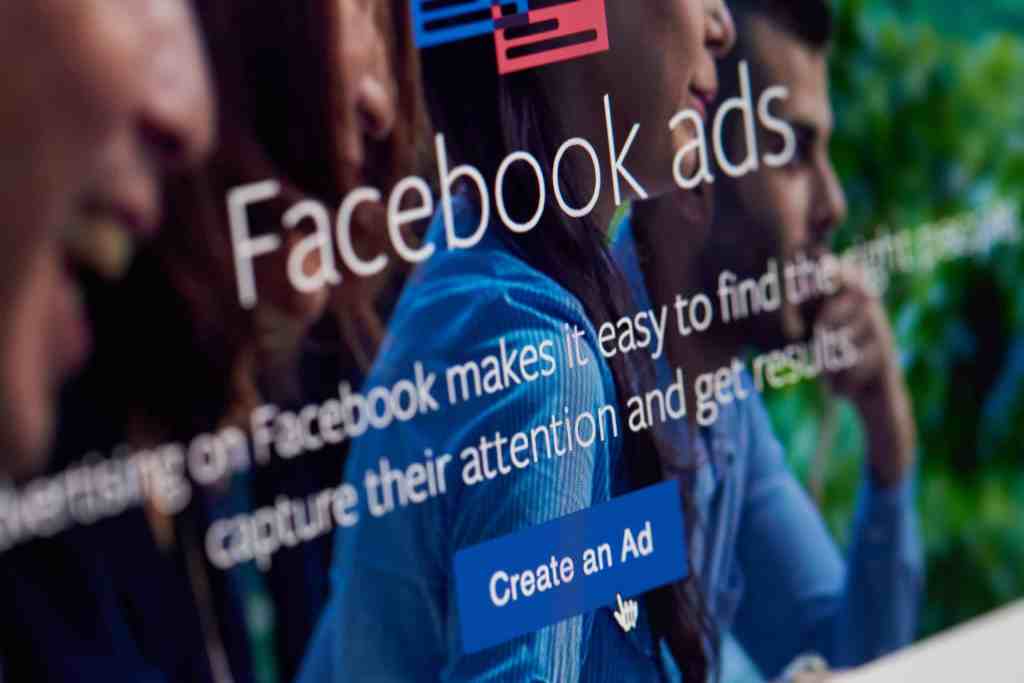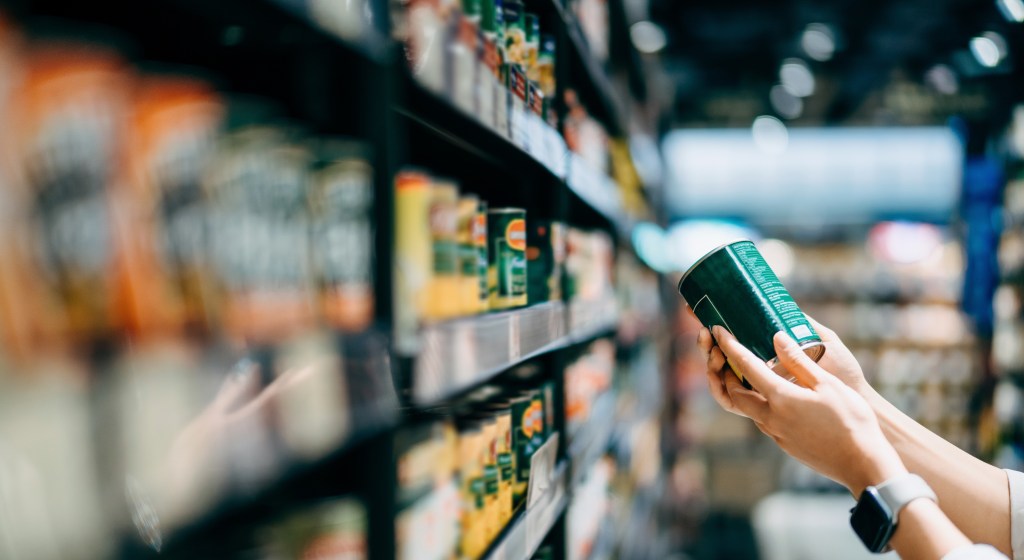The world’s biggest purveyors of digital content, Facebook and Google, now capture over 50% of the global digital advertising spending. It is no wonder that advertisers love Google and Facebook. First, there is their vast reach. With their plethora of services and platforms that include Facebook, YouTube, Instagram, Gmail, WhatsApp, Google Search, and others, there is hardly a consumer on the planet who isn’t touched by either Google or Facebook. The second is data. It is no joke that Google and Facebook now know more about us than our spouses, our friends, and our children. The combining of these two factors has been a digital marketer’s paradise. No more tossing up campaigns blindly, marketers now have full control over their marketing investment and can target prospects with laser accuracy.
But despite the omnipresence of this duopoly, there are still areas in which retailers are far better positioned to deliver value to brand marketers. Yes, Google and Facebook know a lot about consumers, but they don’t typically know what they ended up buying.
Turning a Threat into Opportunity
The direct marketing capabilities that Facebook, Google and the like provide to brands are a threat to most retailers. It is a business that negates their significant physical and online presence. As brands shift to a more customer-centric approach, the brand funded offers that appear in traditional retail paper circulars are at risk of being diverted to online advertising channels, just as advertisement budgets have made their way from print media to online.
We should also note that Facebook, for example, doesn’t only collect information about users’ activity on its own network, but also from the entire internet with tracking pixels embedded on millions of webpages. This data is then enriched with information that Facebook acquires from third party data providers. The aggregated data is made available to advertisers through Facebook’s own advertising portal. Facebook helps advertisers extend their reach even further by offering look-a-like audiences.
So, how can a retailer compete with the direct customer communication and measurement capabilities of the online world? Well, it can’t and that is the place for change and opportunity. It is time retailers become a targeted channel for brands, outshine and monetize on it!
It is true that no one retailer can rival Facebook’s network, but each retailer occupies a valuable niche that can offer brands access to customer behaviors and insights about their purchases. Retailers can offer brands valuable information for targeting and fulfilling their different business objectives, such as identifying customers who are new to the shop and new to the category; who buy their product(s), don’t buy their product(s), and bought their product(s) in the past and stopped; who are early adopters, “switchers”, loyal, price sensitive, promotion sensitive, large spenders, etc.
This unique information can be expressed in the brands’ business jargon of marketing. This is a more meaningful language for the creative marketers than the impressions and click-throughs of Facebook and Google.
With that, retailers can provide brands with profitable growth and cross-sell opportunities, based on each customer’s basket and the baskets of like-minded customers, replenishment cycles, quantities, amounts spent, and more. In fact, retailers can combine both offline and online data to help brands realize their marketing objectives.
Grasping the opportunity
Now that we’ve laid out the retailer’s unique assets, let’s evaluate the opportunity for retailers to become Google- and Facebook-like media networks that operate to generate similar high-margin advertiser revenue. I will do so by identifying the required capabilities and by relating it to what Facebook currently offers advertisers.
There are many ways to turn this vision into a reality, but let me propose a potential path.

- Analyze. Retailers can provide brands with insights and analytics about customer loyalty and performance across both digital and physical channels, and how competitors are faring. This can take the form of interactive dashboards that serve up anonymized customer analytics. The Facebook equivalent is limited to analysis of few actions in the digital world.
- Target. Brands define and select key segments that they want to address. Here, the retailer can offer a panoply of customer behavior attributes that hold all information needed for highly-relevant marketing content, including purchasing habits and conversion potential. Retailers can provide predictive indicators like the expected reach of each offer, its conversion potential, and the cost of new acquisitions. This requires capabilities of segmentation tools, as well as what-if simulations and recommendations, for estimating spending and returns. Facebook excels at predicting target consumer’s responses, helping to set expectations for its automated digital campaigns.
- Create. Brands define their offers such as brand funded coupons, and load them for approval. A coupon in this context is a combination of content (e.g. image) and terms (e.g. quantity, dependencies, dates, budget, etc.). The price, or better said, discount terms, can play a role in the allocation and delivery of the offer in a proxy manner to a bid price. The process of loading and managing the content’s lifecycle requires functionality that typically resides in content management systems. Facebook provides templates for different media and placement channels, with an emphasis on simplicity. Retailers and brands need to consider additional factors affecting their media. For example, a promotion that is part of a digital circular need to be harmonized with the creative and branding side, which is why creative work is generally necessary on the retailer’s end.
- Approve. The retailer needs to approve the content and its terms, or iterate with the brand until approved. Once approved, the coupon belongs to the retailer’s coupon bank for personalized marketing. Supporting the lifecycle of coupons and consistent collaboration between retailers and brands require a workflow-like functionality. Facebook runs different robots and manual processes to clean abusive materials and check that ads conform to policy rules.
- Serve. Once brands’ coupons are available and approved by the retailer, the retailer can serve them to different customers through its communications channels. The methodology of how offers and recommendations are scored and allocated is beyond the scope of this article, but one can understand that a discount can be likened to an advertiser’s bid in digital marketing. Going beyond relevance, which deserves a separate discussion, allocations must account for policy constraints, such as a brand’s budget, avoidance of brand conflicts, and meeting both the retailer’s and brand’s business objectives.
Such functionality is typically available in Campaign and Offer Management systems. In most cases, Facebook is only concerned with conversions, without considering sensitive issues, such as brand conflicts. - Report. When all is said and done, suppliers need to understand the results, so they can learn and improve. The retailer should provide visualizations of purchase history, trends, CPI (cost per impression), CPC (cost per click), CPA (cost per acquisition), ROI, and other KPIs. This information can also be used for the retailer’s internal accounting, settlement, and optimization, to improve returns for suppliers. Such functionality is typically part of the Interactive Dashboards mentioned in step one, and the data is accompanied by data feeds and interfaces.
In Conclusion
Digital marketing platforms like Google and Facebook are winning a growing share of brands’ advertising budgets. Most of these budgets are diverted from print media but they may also cannibalize retailers’ trade promotion and marketing funds.
The bright side is that retailers have unique data and communication assets that provide opportunities to reverse this trend and win more of their suppliers’ marketing and trade promotion funds. To do so, they need to invest in solutions that streamline collaboration with suppliers.
In this article, I proposed a new digital paradigm, developed around six supporting functions. While I am unquestionably biased, a solution like ciValue can provide all these functionalities, and more. Either way, retailers should strive to deliver most or all of these capabilities within one solution. Otherwise, things could devolve into an integration and synchronization nightmare.
Digital advertising companies, like Facebook, have done an impressive job of simplifying the process for advertisers with limited digital marketing resources, and in doing so, have set the bar for retailers struggling to maintain and grow their brands’ marketing budget.
My call to retailers is this: Don’t be content with being a shelf for consumer goods. Leverage your unique data and marketing assets to win suppliers’ marketing budgets and boost profitability!
For the brand managers among you, I recommend that you seek out digitally advanced retailers who can provide you true insights and reach your customer base. This could be the hidden gem you have been seeking in your marketing investment mix!
Happy Advertising!




